Large, creative team
In the past two decades, the artistic appearance of ethnic minorities in Vietnam has changed significantly, reflected in the diversity of forms, the appearance of many new faces, along with an increasingly strong trend of professionalization, although there is still inequality between generations, and some forms are even thin in terms of successor forces.
The generation of famous artists can be mentioned as the best folk singer in the Northern mountainous region, People's Artist Nong Xuan Ai (Tay ethnic group) - the one who made Then singing a cultural element with widespread influence; People's Artist Vi Hoa (Thai ethnic group) who is attached to folk songs and traditional performing arts; People's Artist Dinh Xuan La (Hre ethnic group) who devoted his life to the art of Central Highlands folk dance; or painter Xu Man (Ba Na ethnic group) - the leading bird of Central Highlands fine arts... They have become symbols of the creative generation that brought ethnic materials out of the village, creating a solid foundation for future developments, for the next generation to enter the national artistic life. Besides, artisans Lo Hai Van - the one who spread the flame of folk culture; Lo Van Bien, Lo Van La still persistently preserve, restore and teach ancient xoe dances, acting as a bridge between tradition and innovation.
 |
| The collection "Fragrance of Vietnam" by designer Vu Thao Giang was presented at the Hanoi Tourism Ao Dai Festival in 2025. Photo: LE PHU |
The early years of the 21st century witnessed the emergence of a generation of young artists with formal training, dynamism, and flexibility in reaching the public through digital platforms and new art ecosystems. The success of Vang Hai Hung (Giay ethnic group) in fine arts, Luc Thi Nien (Tay ethnic group) in photography, Ha Le Diem (Tay ethnic group) in cinema... is not only because they record mountain life from an insider's perspective but also because of their freshness, because of the perspectives of young people. In the field of performance, choreographers such as Po Nhu Nu (Ha Nhi ethnic group), Sung A Lung (Mong ethnic group), Lo Hai Lam, Ha Tu Thien (Thai ethnic group) have contributed to shaping the language of ethnic dance in the contemporary stage space. In the field of design and applied arts, we can mention designer Vu Thao Giang (Tay ethnic group) - who is trying to transform Tay brocade into contemporary fashion . From those faces, we see a positive sign that ethnic minority art is not only limited to the stage or exhibitions but also enters the field of industrial creativity.
In local art troupes, although they have not yet reached a wide audience across the country, they are the most direct, effective and substantial team that preserves traditional values.
There is an interesting thing when looking at the creative journey of many ethnic minority artists, which is the dual role of both preserving and renewing. Starting from the traditional cultural environment and space with folk songs, dances, festivals... but they need to keep up with the rhythm of community life in a period of strong transformation. This model still seems to be a unique, exclusive mark in the creative journey of ethnic minority artists. Even today's young generation is not outside that orbit because although contemporary art has many new approaches, the cultural roots are still the underground stream that nurtures the artist.
Ethnic materials are no longer decorative or illustrative elements but become the aesthetic core, dominating the structure and language of art. In the field of performance, ethnic minority choreographers and musicians do not bring the rituals to the stage as they are, but carry out a flexible transformation process: Innovating movements, coordinating modern performance techniques, and harmonizing folk songs with contemporary music . In fine arts, Vang Hai Hung has consistently chosen images of ethnic minorities doing manual labor in border areas or borderland scenes of clouds and mountains. In the field of design, some young artists like Vu Thao Giang seek new directions of development by integrating ethnic motifs into ao dai - a sign of expansion of the ethnic minority cultural industry. A notable trend among the young generation of artists is the tendency to narrate and personalize cultural experiences. They use art to tell their own stories - like Luc Thi Nien with photos of her hometown Cao Bang. This transformation shows that ethnicity is no longer just an expression of community but becomes a personal identity - closely linked to the life experiences, memories and creative choices of each artist.
However, the reality of the ethnic minority artists still shows the unevenness between the genres. Many fields have almost no prominent names participating in the strong movement of contemporary artistic life. The mainstay generation is gradually disappearing, while the next generation born after the 1980s is still small, which is also in the general law of many traditional performing arts that require long-term, systematic training. Not to mention that the artistic activities of many young artists are still spontaneous, lacking creative space, especially without funding for long-term development. Another worrying feature is the generational gap. Although there is a generation of young artists, this force is still not large enough, not uniform between genres, especially in the stage of drama, architecture, and cinema.
Synchronized implementation of solutions
Ethnic minority artists have their own characteristics when possessing indigenous cultural knowledge - an advantage when wanting to create unique features in popular art. This characteristic requires a different policy approach than the art in general, in order to be able to both train, nurture and connect to ensure the sustainability of ethnic culture in the modern art environment.
First of all, it is necessary to create a training ecosystem suitable to the characteristics, starting with training from the root. Artists such as Nong Xuan Ai, Dinh Xuan La or Xu Man show that talent emerges from the traditional cultural environment. Therefore, it is impossible to apply the selection method through exams and festivals, but it is necessary to nurture them from small environments such as schools, creative camps... In particular, not only training but also creating a mechanism for them to return to the community to practice art.
In addition to training, building a creative environment is extremely necessary. Along with giving them access to the movements of contemporary art life from experts, it is necessary to create creative spaces right in each locality. The proposed model is to promote regional art centers because artists have a place to create and maintain their identity in the most natural way. Along with that, the State needs to have a policy of "ordering" such as themes of national colors for theaters, exhibitions, national events... This approach will contribute to shaping and orienting the ethnic minority art market.
Current awards mainly focus on artisans or folk works, so there should be a separate category for contemporary art creation on ethnic materials and awards for young ethnic minority artists to detect early and create motivation for inheritance.
It is necessary to promote digitalization, not only of folk materials but also of contemporary works, because the young generation of ethnic minority artists is closely linked to the digital environment. Many young talents do not lack creative capacity, but lack communication skills and image building, so it is necessary to support the development of their "personal brand". This is an important condition for ethnic minority artists to be able to stand firm in the current competitive art ecosystem.
Finally, it is necessary to expand the interactive network between ethnic minority artists nationwide, specialized art festivals; build a network of young artists including many ethnic groups and regions; implement inter-regional artist creation programs... This not only creates a wide and deep art community but also helps artists have a richer aesthetic perspective.
The ethnic minority artists have many famous names but there are still many gaps that need to be filled, requiring a synchronous and long-term strategy. Investing in training right from the high school level, creating a professional working environment and having a special honoring mechanism is the key to ensuring that the creative flame of ethnic groups will continue to be lit in a new period of many challenges.
Source: https://www.qdnd.vn/van-hoa/doi-song/kich-hoat-tiem-nang-sang-tao-cua-van-nghe-si-dan-toc-thieu-so-1012940


![[Photo] National Assembly Chairman Tran Thanh Man holds talks with President of the Senate of the Czech Republic Milos Vystrcil](/_next/image?url=https%3A%2F%2Fvphoto.vietnam.vn%2Fthumb%2F1200x675%2Fvietnam%2Fresource%2FIMAGE%2F2025%2F11%2F21%2F1763715853195_ndo_br_bnd-6440-jpg.webp&w=3840&q=75)

![[Photo] Visit Hung Yen to admire the "wooden masterpiece" pagoda in the heart of the Northern Delta](/_next/image?url=https%3A%2F%2Fvphoto.vietnam.vn%2Fthumb%2F1200x675%2Fvietnam%2Fresource%2FIMAGE%2F2025%2F11%2F21%2F1763716446000_a1-bnd-8471-1769-jpg.webp&w=3840&q=75)
![[Photo] President Luong Cuong receives Speaker of the Korean National Assembly Woo Won Shik](/_next/image?url=https%3A%2F%2Fvphoto.vietnam.vn%2Fthumb%2F1200x675%2Fvietnam%2Fresource%2FIMAGE%2F2025%2F11%2F21%2F1763720046458_ndo_br_1-jpg.webp&w=3840&q=75)

![[Photo] General Secretary To Lam receives President of the Senate of the Czech Republic Milos Vystrcil](/_next/image?url=https%3A%2F%2Fvphoto.vietnam.vn%2Fthumb%2F1200x675%2Fvietnam%2Fresource%2FIMAGE%2F2025%2F11%2F21%2F1763723946294_ndo_br_1-8401-jpg.webp&w=3840&q=75)




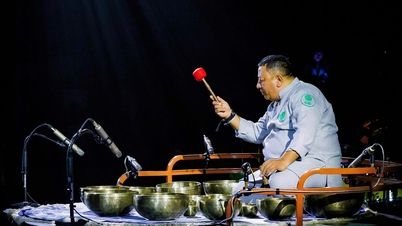
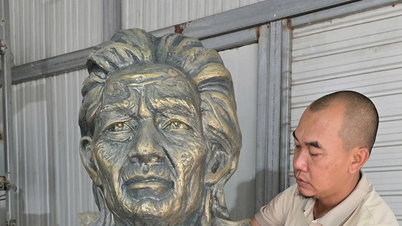





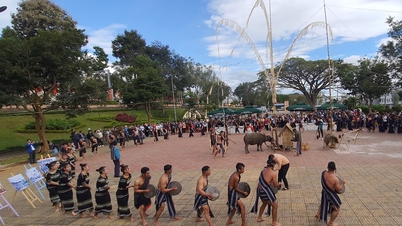



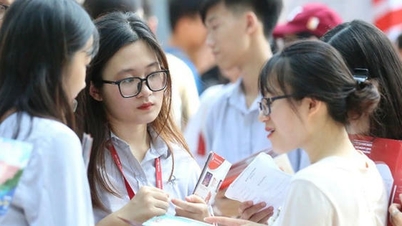






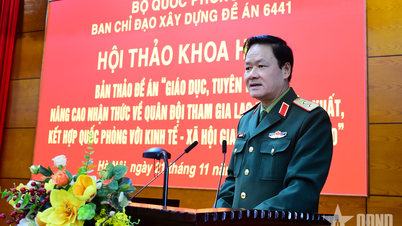
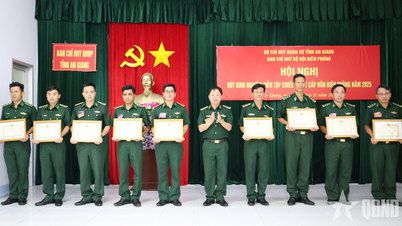














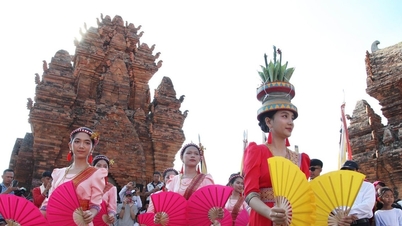



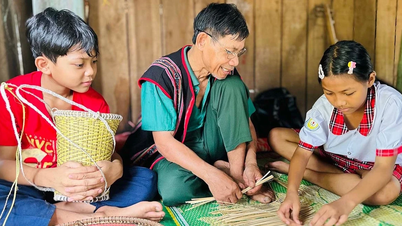


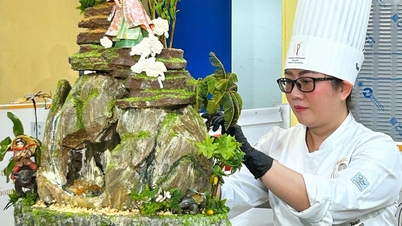
























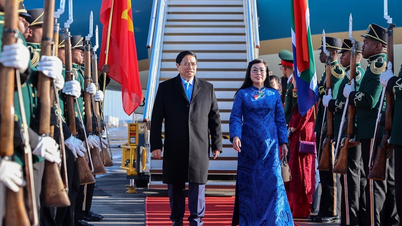

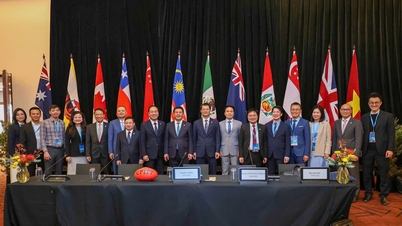

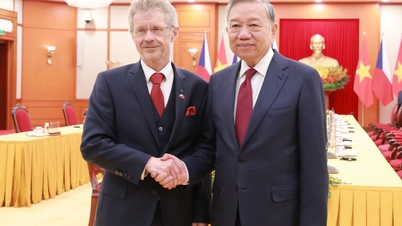



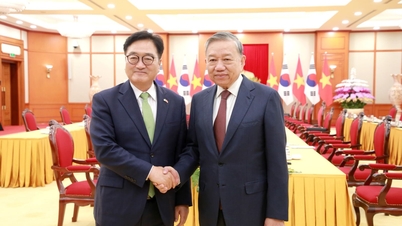



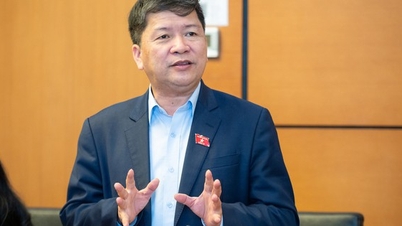








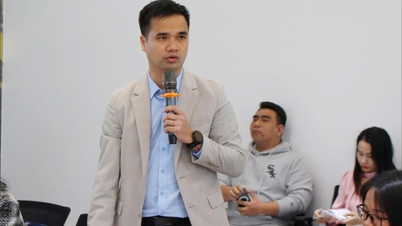














Comment (0)